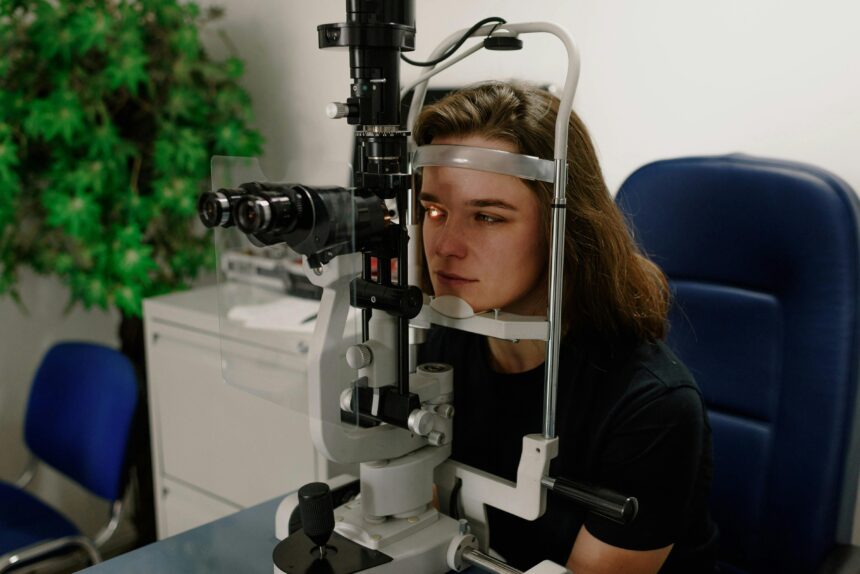Advances in medical technology have reshaped the way eye conditions are diagnosed and treated, enhancing both accuracy and patient outcomes. An ophthalmologist now has access to innovative tools that allow for earlier detection, precise treatments, and faster recovery times. Understanding the role of technology in modern ophthalmology highlights how specialists continue to improve vision care in today’s evolving healthcare landscape.
Enhancing Diagnosis Through Technology
Accurate diagnosis is the foundation of effective eye care. Modern technology provides an ophthalmologist with tools to detect eye diseases earlier and with precision. For instance, Optical Coherence Tomography (OCT) allows an eye doctor to create high-resolution, cross-sectional images of the retina. This detailed view helps in diagnosing conditions like macular degeneration and diabetic retinopathy long before they can cause significant vision loss.
Advanced imaging systems now use artificial intelligence (AI) to analyze images and identify subtle signs of disease that may be missed by the human eye. These AI-powered diagnostics can screen for conditions and provide a risk assessment, helping the eye specialist prioritize patient care. This integration of AI makes the diagnostic process quicker and reliable, leading to better management of eye health.
Innovating Treatments in Ophthalmology
Technology has also revolutionized treatments for many eye conditions. Laser technology, for instance, has become a standard tool for ophthalmologists. Procedures like LASIK use lasers to reshape the cornea and correct vision, while other laser treatments can repair retinal tears or treat glaucoma. These procedures are minimally invasive and offer quick recovery times.
For complex retinal diseases, treatments have become more targeted. New surgical techniques, guided by high-definition imaging, allow for precise operations on delicate eye structures. These innovations give patients more effective options for preserving and improving their sight.
Improving Patient Experience and Outcomes
The advancements in ophthalmology technology directly benefit the patient experience. Diagnostic tests are often faster and more comfortable than in the past. For instance, digital retinal imaging can be done by an ophthalmologist without the need for pupil dilation in many cases. This reduces discomfort and saves time. The streamlined process makes routine eye exams more convenient.
New technology often leads to better patient outcomes. Early detection and precise treatments mean that many eye diseases can be managed more effectively. This helps to prevent vision loss and improve well-being. Patients can feel confident in the care they receive from their eye specialist, knowing that the latest tools are being used to protect their vision.
Shaping the Future With Technology
The future of ophthalmology looks even more promising. Researchers are exploring the use of gene therapy to treat inherited retinal diseases. Advancements in robotics could lead to more precise surgical procedures. Telemedicine is also becoming more common, allowing patients to consult with an ophthalmologist remotely for follow-up appointments and monitoring. These ongoing developments will continue to push the boundaries of what is possible in eye care.
Book Your Ophthalmologist Appointment Today
Modern technology has fundamentally changed ophthalmology, offering accurate diagnoses and effective treatments. From advanced imaging to minimally invasive surgeries, these innovations are helping patients maintain their vision and overall eye health. Contact a trusted ophthalmologist near you to schedule an appointment today.














